Resources
Explore Our Library of Resources
The latest reports, science, stories and more from the Intermountain West Joint Venture and our conservation partners. Please use the filter menu to navigate.
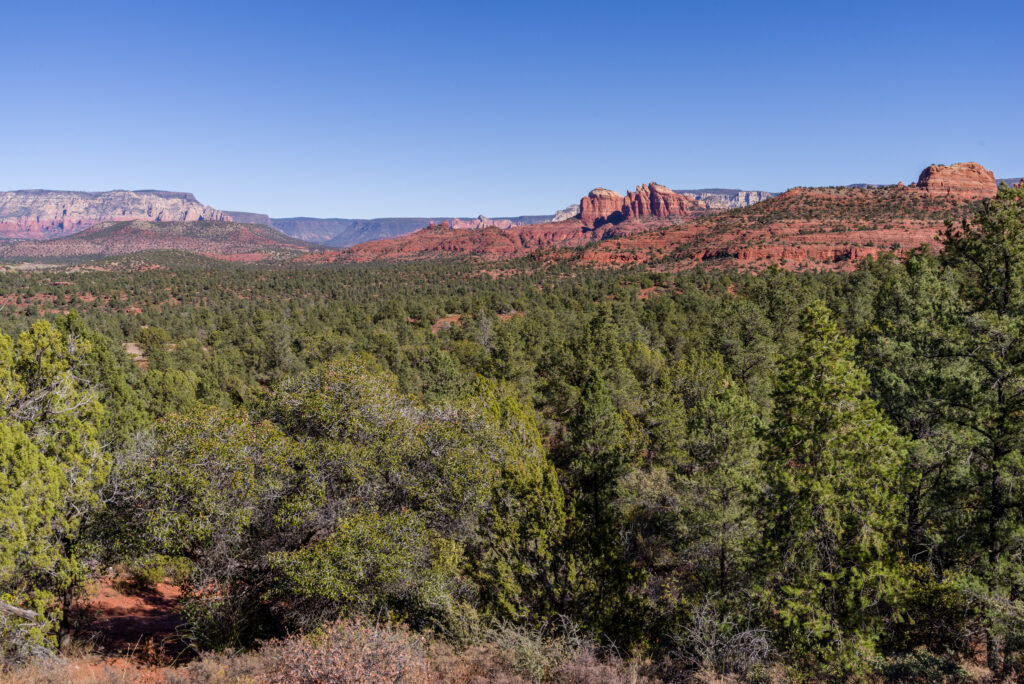
Intermountain Insights: Climate Resilience in Persistent Pinyon-Juniper Woodlands
Pinyon-juniper woodlands are ubiquitous across the Intermountain West and important to many–from…

Intermountain Insights: Wetland Loss in the Pacific Flyway
A study from the Intermountain West Joint Venture and partners, Functional wetland loss…
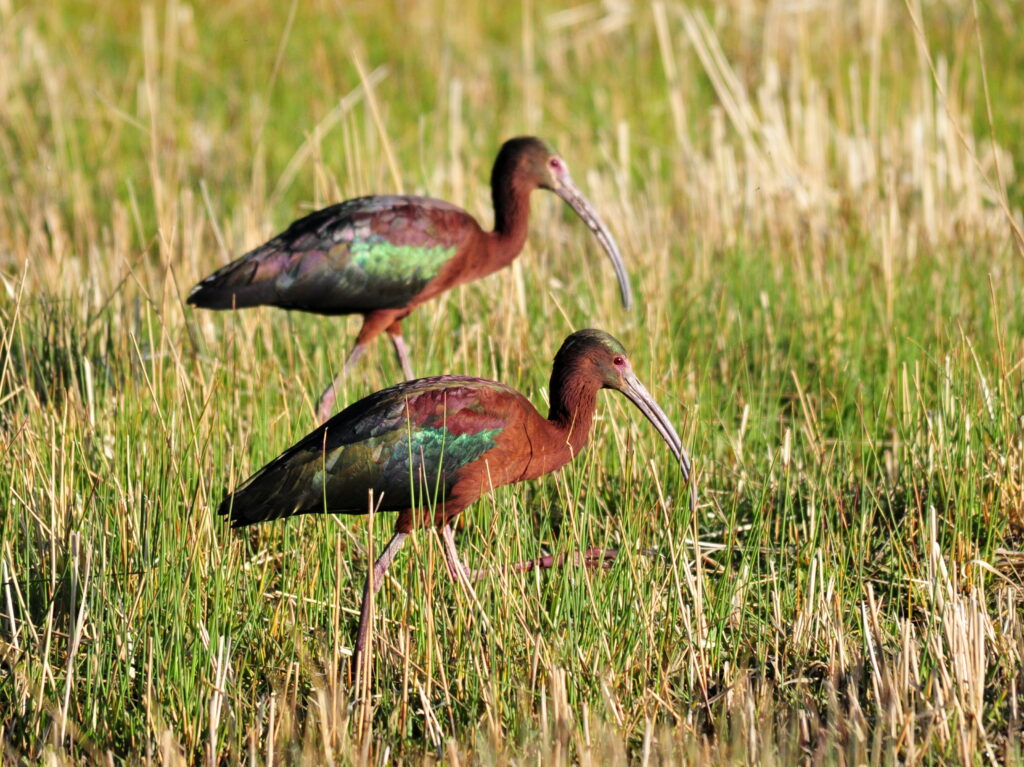
Intermountain Insights: White-Faced Ibis and Water in the West
This Intermountain Insights takes a look at a fascinating study on white-faced…
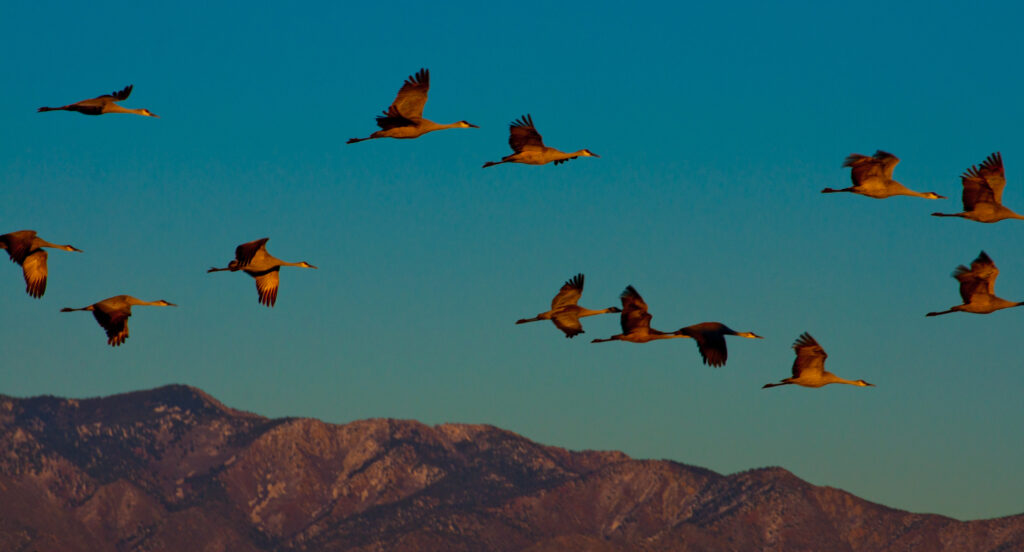
Intermountain Insights: The Call of the Cranes
Greater sandhill cranes rely on wetland habitat on private and public land…
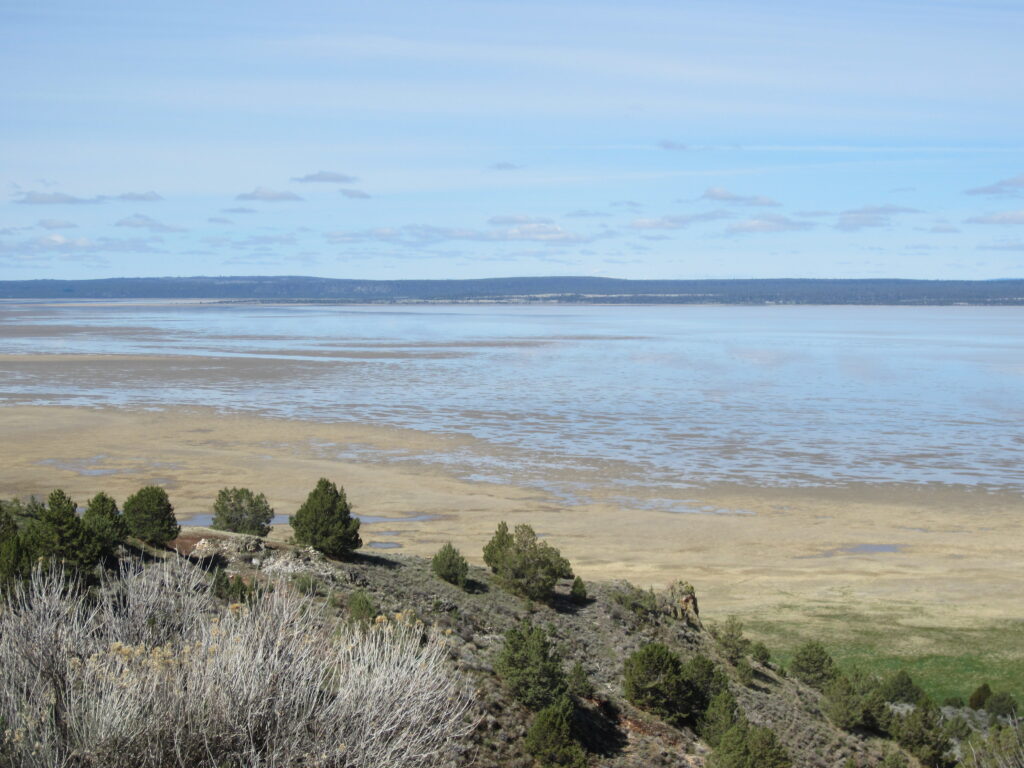
Intermountain Insights: Working Science for Working Landscapes
Agriculture and human settlement have long been tied to ecologically important wetland…
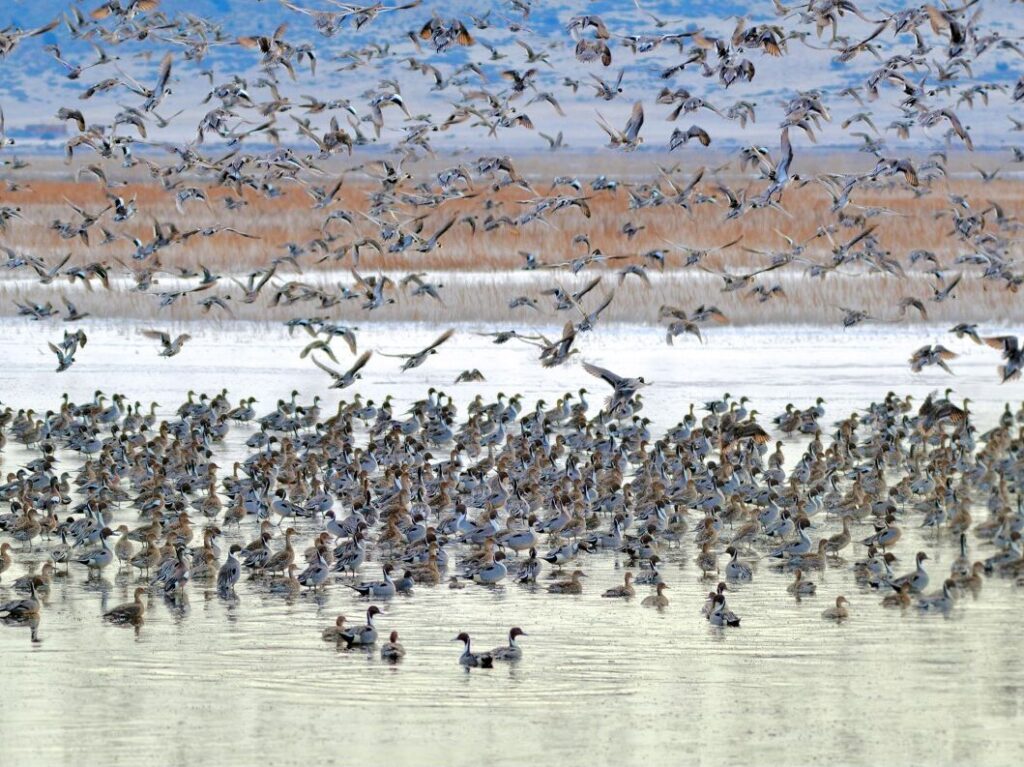
Intermountain Insights: Maintaining Resiliency of Continental Waterbird Flyways
Waterbirds in the Intermountain West rely on a limited number of important…
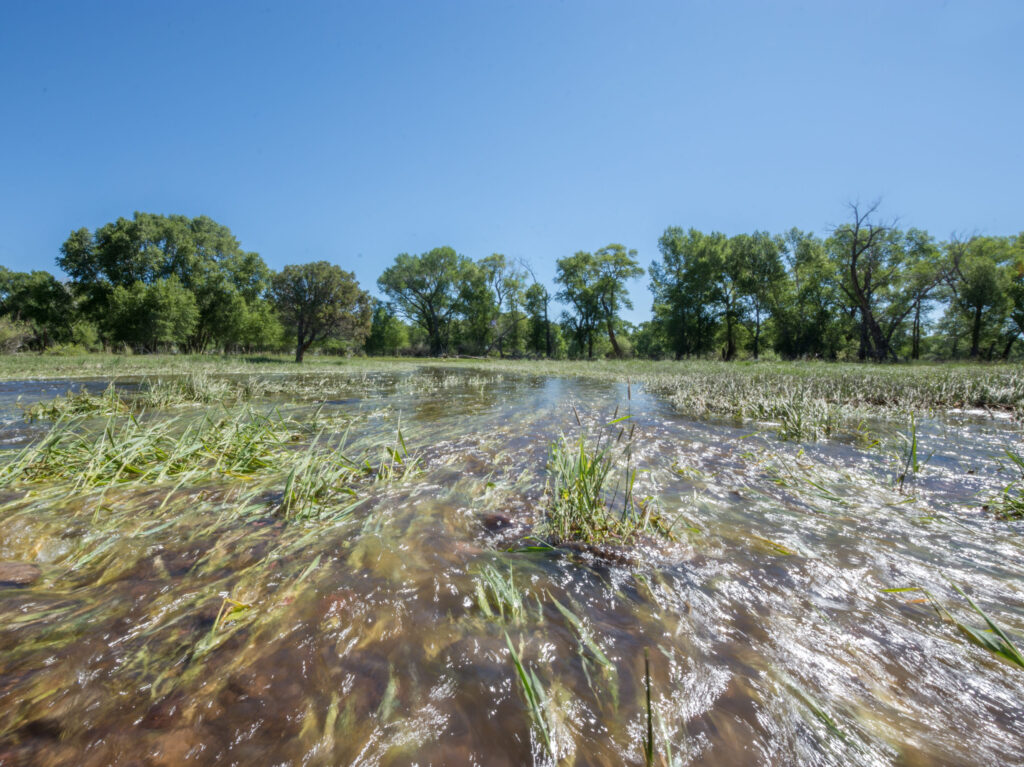
Intermountain Insights: Digging Deeper into Flood Irrigation
Western ranchers’ perspectives on enablers and constraints to flood irrigation (journal article)…
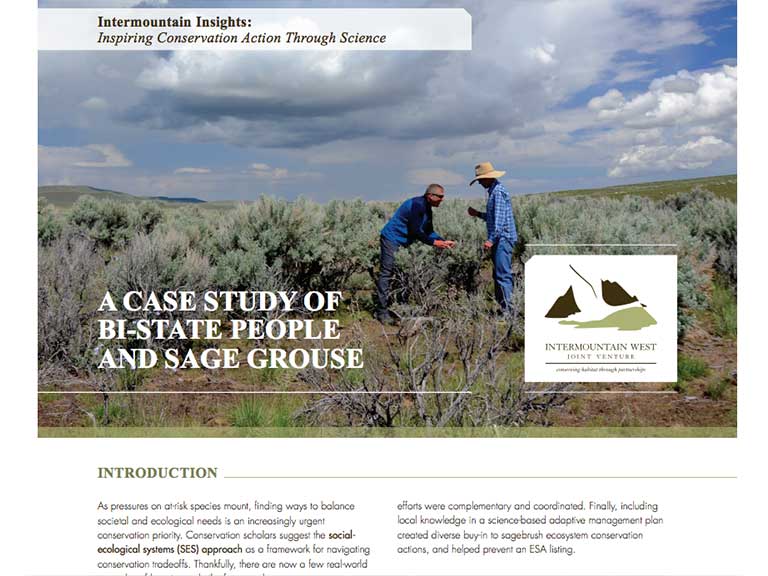
Intermountain Insights: A Case Study of the Bi-State
On the California-Nevada border there is a genetically unique population of Greater…
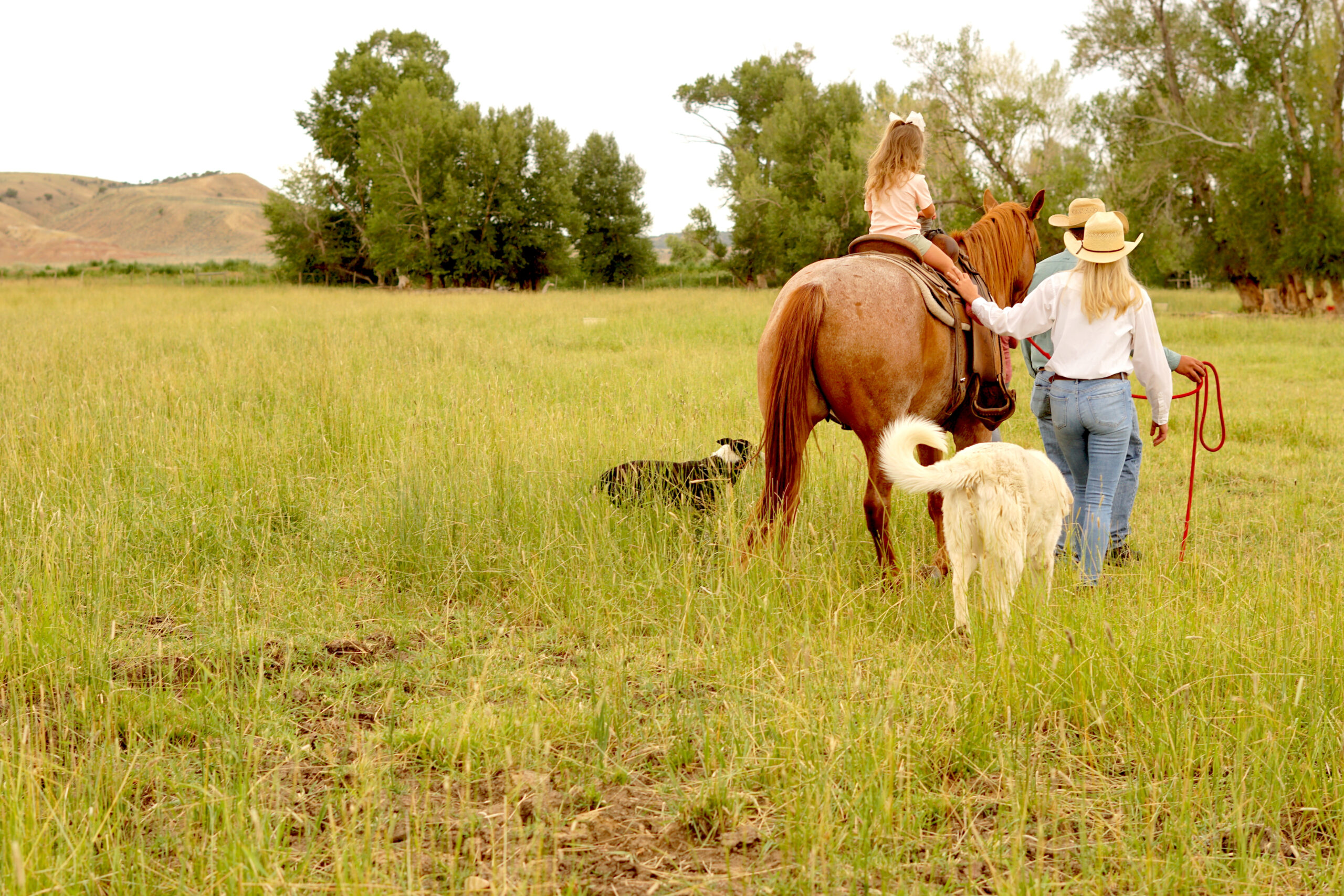
Looking for something else?
Contact our staff to find the resource you’re seeking, or for assistance in applying these resources to your work.